Kevin Page
Design of a dynamic and self-adapting system, supported with artificial intelligence, machine learning and real-time intelligence for predictive cyber risk analytics
May 19, 2020
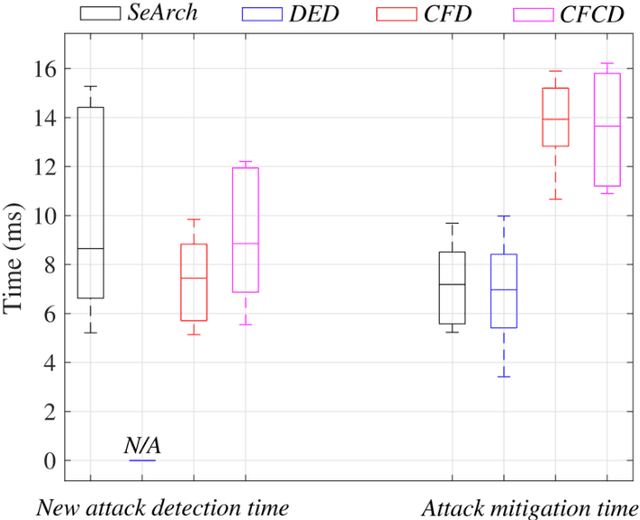
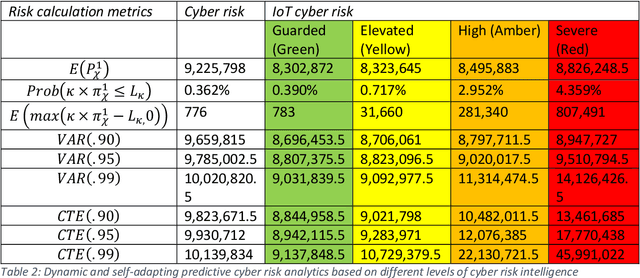
Abstract:This paper surveys deep learning algorithms, IoT cyber security and risk models, and established mathematical formulas to identify the best approach for developing a dynamic and self-adapting system for predictive cyber risk analytics supported with Artificial Intelligence and Machine Learning and real-time intelligence in edge computing. The paper presents a new mathematical approach for integrating concepts for cognition engine design, edge computing and Artificial Intelligence and Machine Learning to automate anomaly detection. This engine instigates a step change by applying Artificial Intelligence and Machine Learning embedded at the edge of IoT networks, to deliver safe and functional real-time intelligence for predictive cyber risk analytics. This will enhance capacities for risk analytics and assists in the creation of a comprehensive and systematic understanding of the opportunities and threats that arise when edge computing nodes are deployed, and when Artificial Intelligence and Machine Learning technologies are migrated to the periphery of the internet and into local IoT networks.
An Application of Network Lasso Optimization For Ride Sharing Prediction
Jul 06, 2016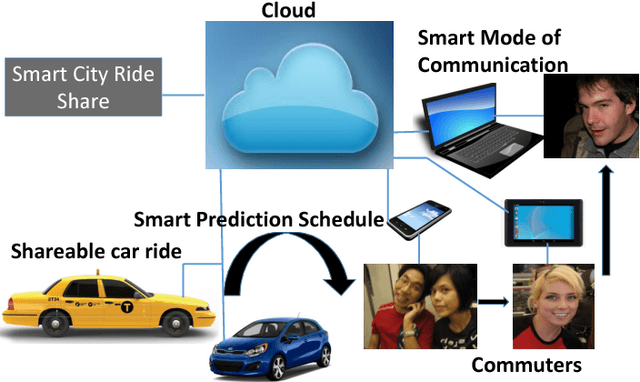
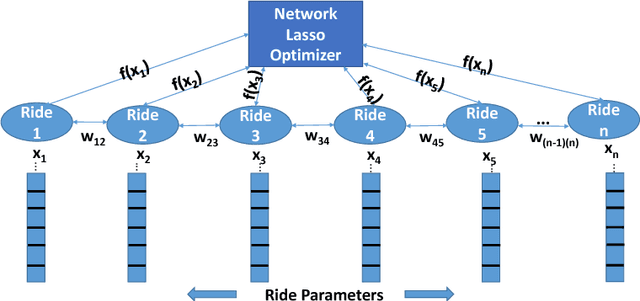
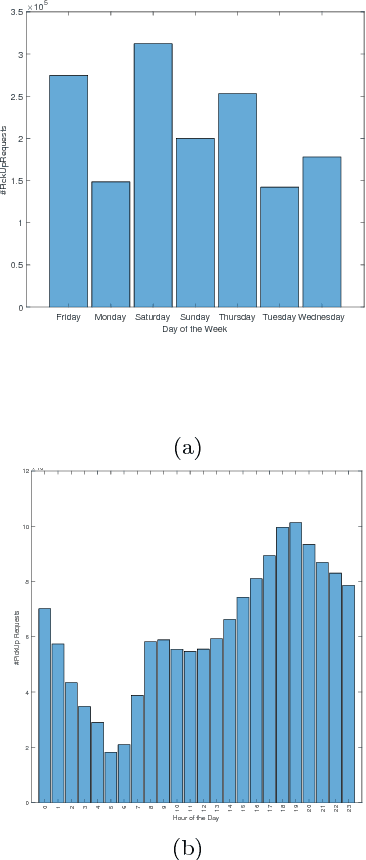
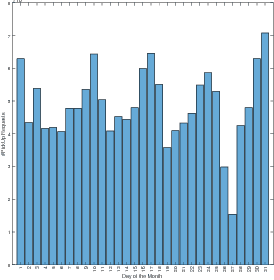
Abstract:Ride sharing has important implications in terms of environmental, social and individual goals by reducing carbon footprints, fostering social interactions and economizing commuter costs. The ride sharing systems that are commonly available lack adaptive and scalable techniques that can simultaneously learn from the large scale data and predict in real-time dynamic fashion. In this paper, we study such a problem towards a smart city initiative, where a generic ride sharing system is conceived capable of making predictions about ride share opportunities based on the historically recorded data while satisfying real-time ride requests. Underpinning the system is an application of a powerful machine learning convex optimization framework called Network Lasso that uses the Alternate Direction Method of Multipliers (ADMM) optimization for learning and dynamic prediction. We propose an application of a robust and scalable unified optimization framework within the ride sharing case-study. The application of Network Lasso framework is capable of jointly optimizing and clustering different rides based on their spatial and model similarity. The prediction from the framework clusters new ride requests, making accurate price prediction based on the clusters, detecting hidden correlations in the data and allowing fast convergence due to the network topology. We provide an empirical evaluation of the application of ADMM network Lasso on real trip record and simulated data, proving their effectiveness since the mean squared error of the algorithm's prediction is minimized on the test rides.
 Add to Chrome
Add to Chrome Add to Firefox
Add to Firefox Add to Edge
Add to Edge